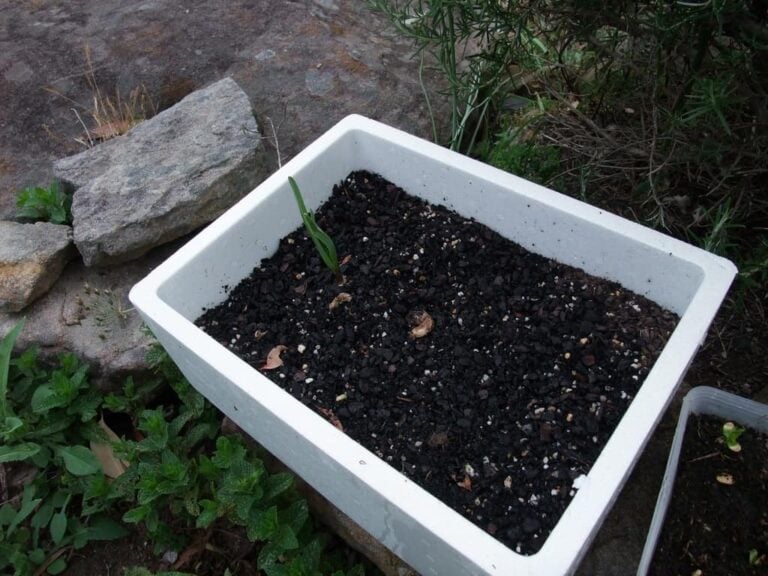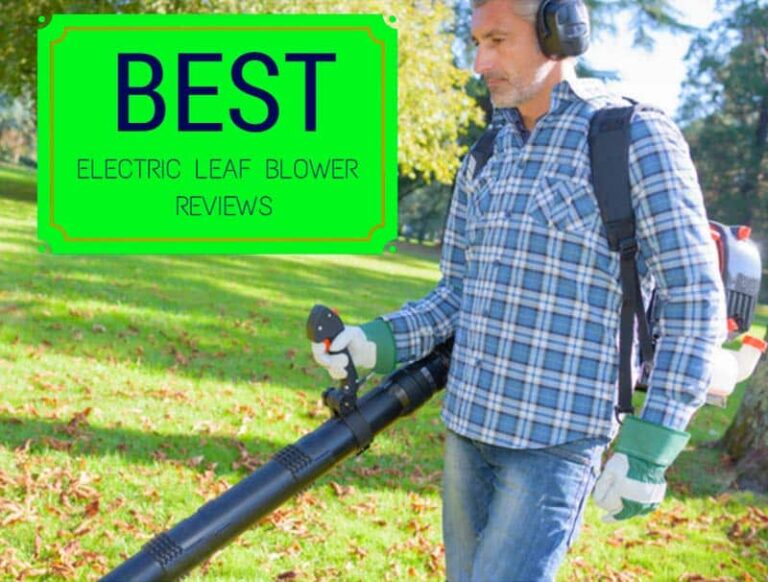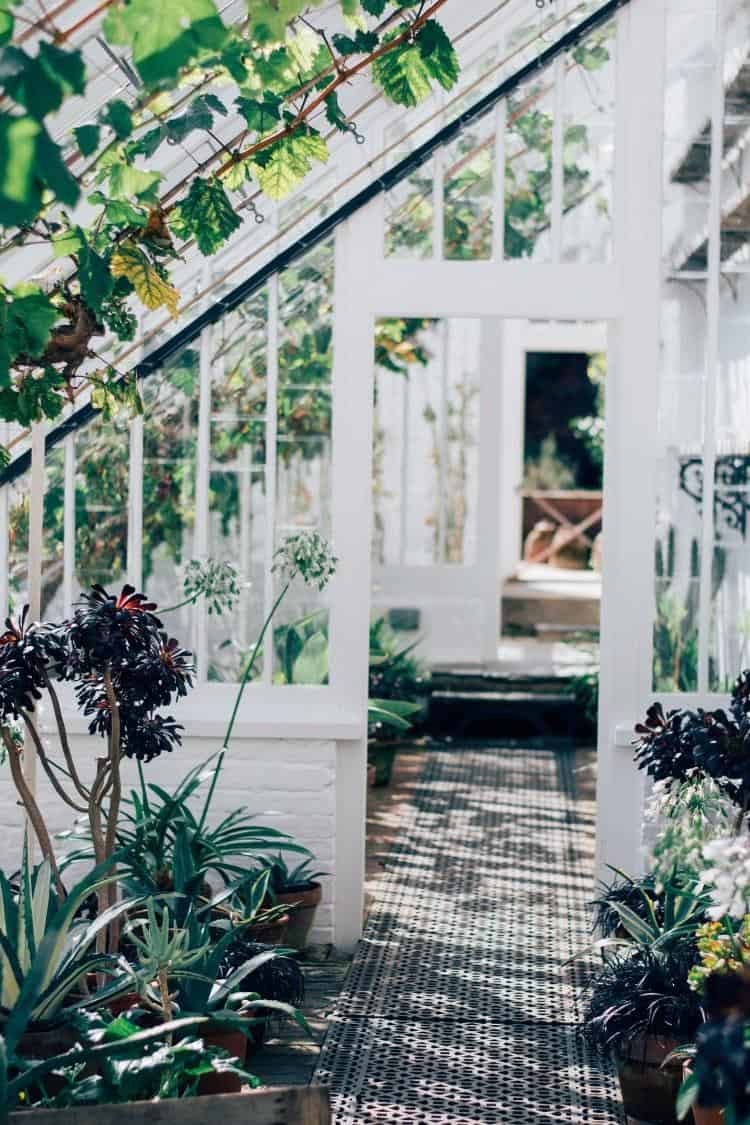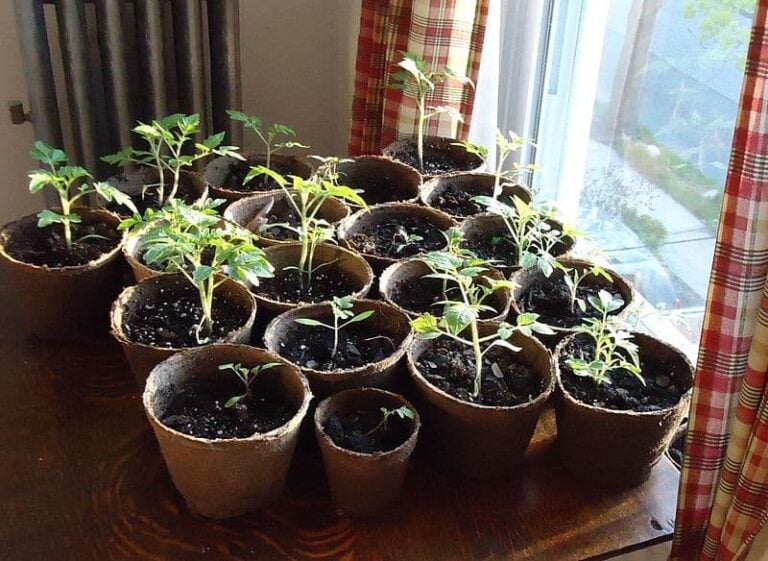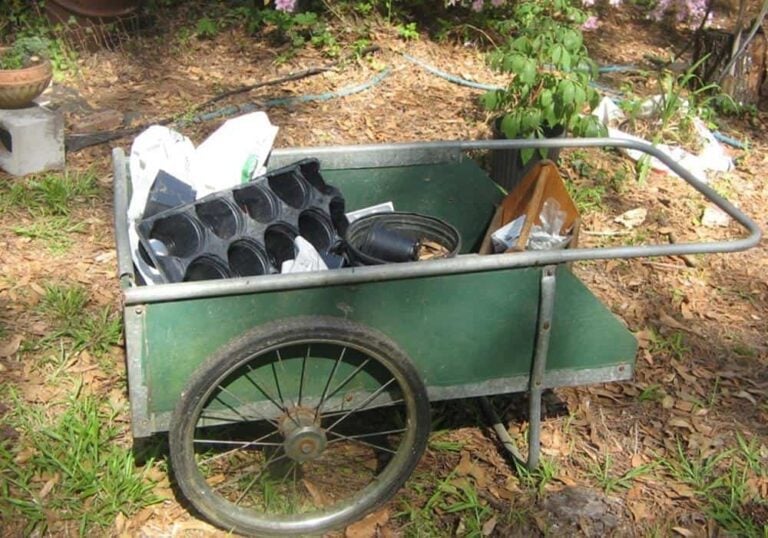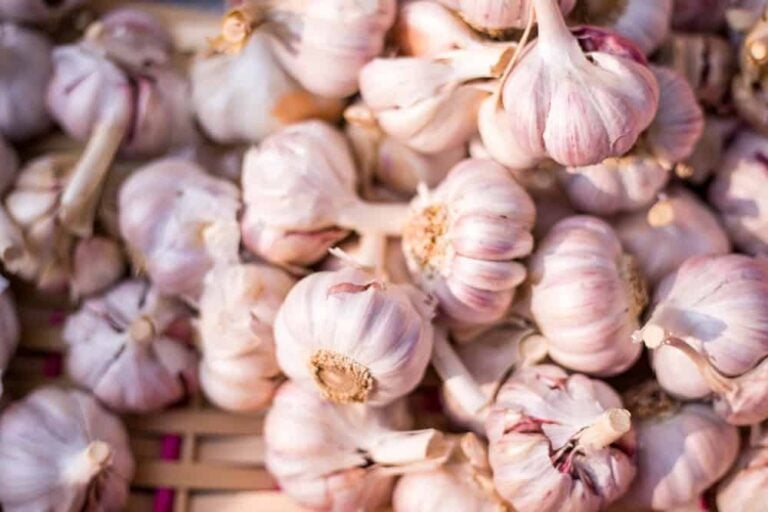How To Use A Garden Duster
Keeping the plants healthy and free from pests is one of the main concerns of all gardeners. And even in a biological garden, it is sometimes necessary to use pesticides or fertilizers, albeit organic and maybe homemade.
Most pesticides come as powders. I’m not talking about commercial pesticides only, but also of diatomaceous earth and other types of organic pesticides found both in commerce and that can be made at home. To apply them, you’ll probably need a garden duster.
A garden duster is a simple equipment, similar to a liquid sprayer but designed to sprinkle fine particles of powders. If this is your first time approaching gardening, let’s find out what types of garden dusters there are and how to use them.
What Is A Garden Duster
Garden duster is a broad term used to designate a wide variety of containers that have a device designed to sprinkle fine particles of dust. The vast majority of the garden dusters designed for home use are manual, although there are also available some electric models.
Regardless of the type and mode of operation, all garden dusters are designed to perform the same task. In detail, you can use them to sprinkle pesticides or dust fertilizers directly where you need them, be it on the ground, directly on the plants, or around the roots.
Some advanced models are designed to sprinkle both dust and liquids. These garden dusters are great if you want to use a combination of dust and liquid fertilizers, such as diatomaceous earth and manure tea, for example.
Types Of Garden Dusters
Garden dusters are not as common as sprayers, probably because liquids are used more frequently compared to powdered materials. Nevertheless, it is always handy to have a duster in your garden because some fertilizers or pesticides should be used as powders.
Using powdered materials is often more efficient from an economic point of view too. Unlike liquid materials that require you to mix different substances, powdered materials are usually used as they are. And you’ll be able to return surplus powder to the original container as soon as you’ve sprinkled all your terrain, without wasting a bit. Let’s see what equipment to use to sprinkle it.
- Squeeze Dusters: are the most affordable and simple garden dusters. They have a container, usually made of soft plastic or rubber, and a nozzle. Squeeze dusters are really easy to use. As their name suggests, simply squeeze them to get the powdered material flowing from it. Although handy, they are less efficient compared to other dusters and are often used in small gardens. Squeeze dusters usually have capacities between 0.25 and 2 pounds.
- Plunger Dusters: have similar capacities to the squeeze dusters, but many gardeners find them easier to use. Most of the times, plunger dusters are ideal to apply powdered material directly onto individual plants or localized areas. The volume of powder discharged during use depends on the size of the pump and speed of pumping, but it cannot be regulated in any other way. Usually, plunger dusters also have capacities between 0.25 and 2 pounds.
- Crank Duster: are usually made of a long tube and a tank to fill with the powdered material. This equipment is designed to provide a steady flow of powder by pressing a crank handle. They usually have capacities between 2 and 15 pounds and are more convenient to use in larger gardens compared to the squeeze or plunger dusters. Crank dusters are also often used for commercial applications, and most tools come with a regulator that allows the user to control the volume of dust applied.
- Powered Dusters: are ideal for commercial applications. These garden dusters are usually powered by batteries or electricity and have capacities over 15 pounds. Most of the times these dusters are suitable for several purposes and they can be used both in the garden and inside the house for different tasks.
Regardless of the type, most garden dusters are compatible with extension tubes or other dust-deflecting accessories. These accessories, in fact, are essential if you need to reach remote corners or the spaces under low plants.
How To Use A Garden Duster
Using a garden duster is simple and straightforward. Nevertheless, here is a step-by-step guide on how to do it.
- Fill the tank or container of the garden duster with the powdered material.
- Attach the nozzle or application tube and close the container tightly.
- Sprinkle the powdered material on the plants or ground.
- Return any surplus powder to the original container.
Although using a garden duster is as easy as pie, the sprinkling method differs based on the type of garden duster you have. For example, in the case of the squeeze dusters, you’ll actually have to squeeze the container. A plunger duster is used in a way similar to a bike pump, while the crank duster requires you to act on a crank lever.
Powered garden dusters are usually turned on and switched off from a button, and on these models, you’ll usually be able to regulate the dust output and other parameters.
Our Gardening Dusting Tip
To achieve the best results, but also for your safety, avoid dusting on windy or rainy days. You should only sprinkle dust on your plants when the air is calm and when the surface of the plants is damp but not wet. If the leaves are wet, the powdered materials can form deposits and their efficiency might be lost.
Moreover, don’t forget to remove all excess powder from the duster as soon as you’ve finished the job. Left in the duster, the powdered materials can absorb moisture and form hardened deposits. On the other hand, some powders can corrode the metal parts of the equipment.

